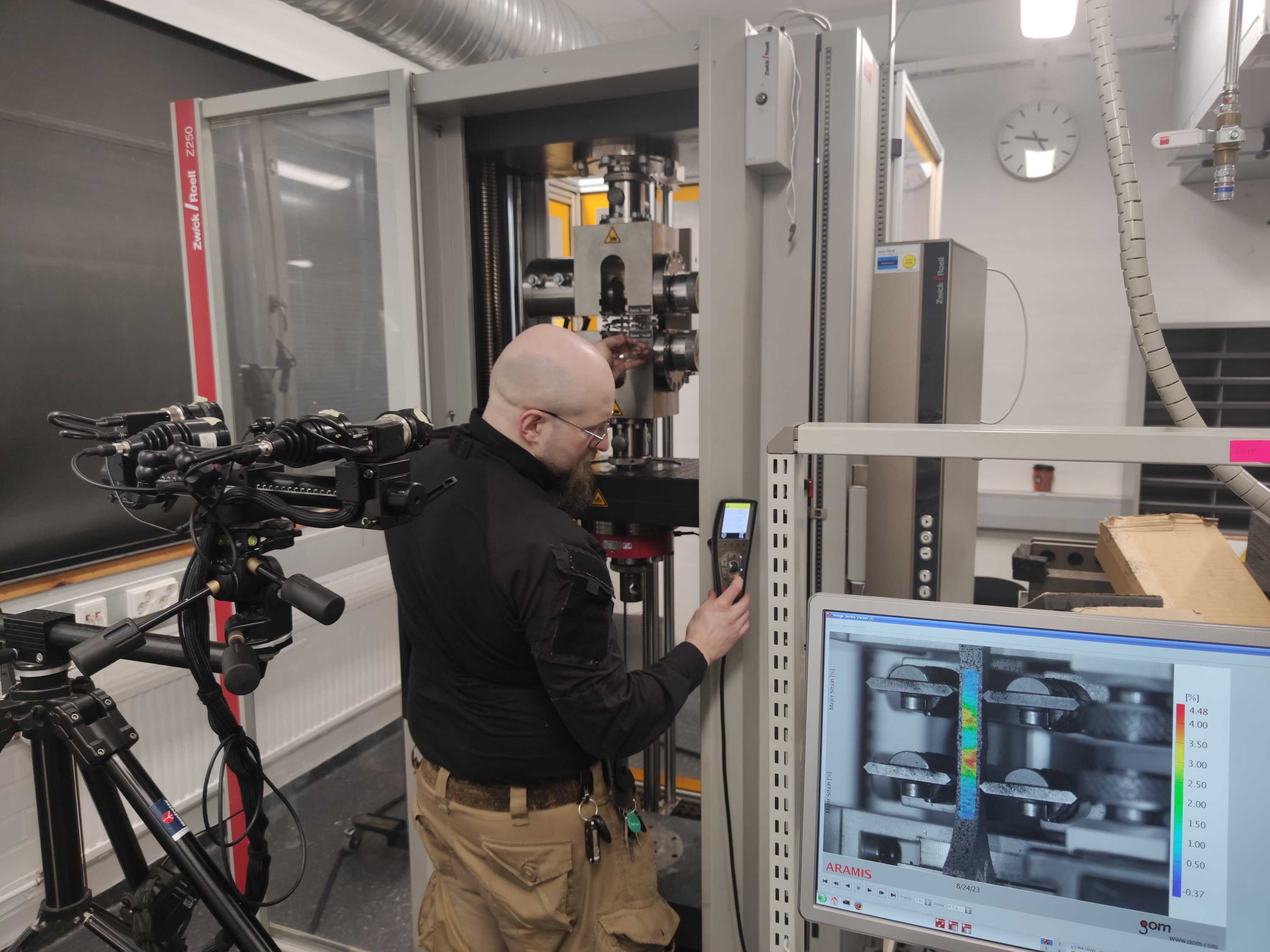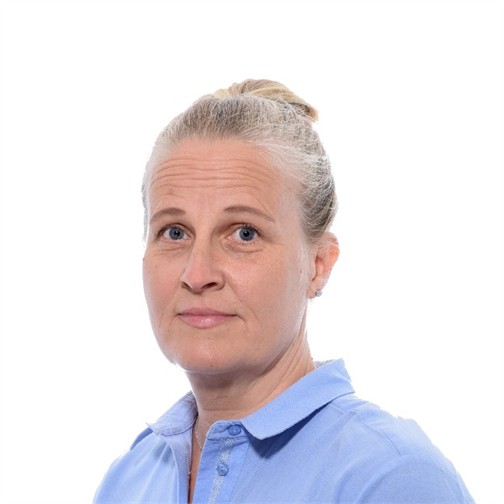
Material microstructure and mechanical properties research
What we offer
HAMK Tech’s mechanical testing equipment can be used for fracture testing to determine the properties of different materials, such as strength, stiffness, impact strength, hardness or formability of sheet metal.
In addition to the mechanical properties, the equipment can be used for the preparation of metallurgical microstructure samples and their examination under an optical microscope. This allows, for example, the quality control of welded joints and the determination of coating thicknesses or metal grain size. The surface roughness of parts can also be measured, and surface shapes can be determined by 3D scanning.
We have modern test equipment that can be used for a wide range of test methods and materials. Tests can be carried out as standard tests, but also as applied tests according to the customer’s needs. In addition, our service package also includes the dimensioning of different types of mechanical test specimens in cooperation with the customer and their manufacture either at HAMK or subcontracted.
Services
Microstructure analyses
Tensile, compression and bending tests
Hardness measurements
Impact resistance tests
Formability tests
3D scanning
Surface roughness measurements
Contact us
.
Contact form


